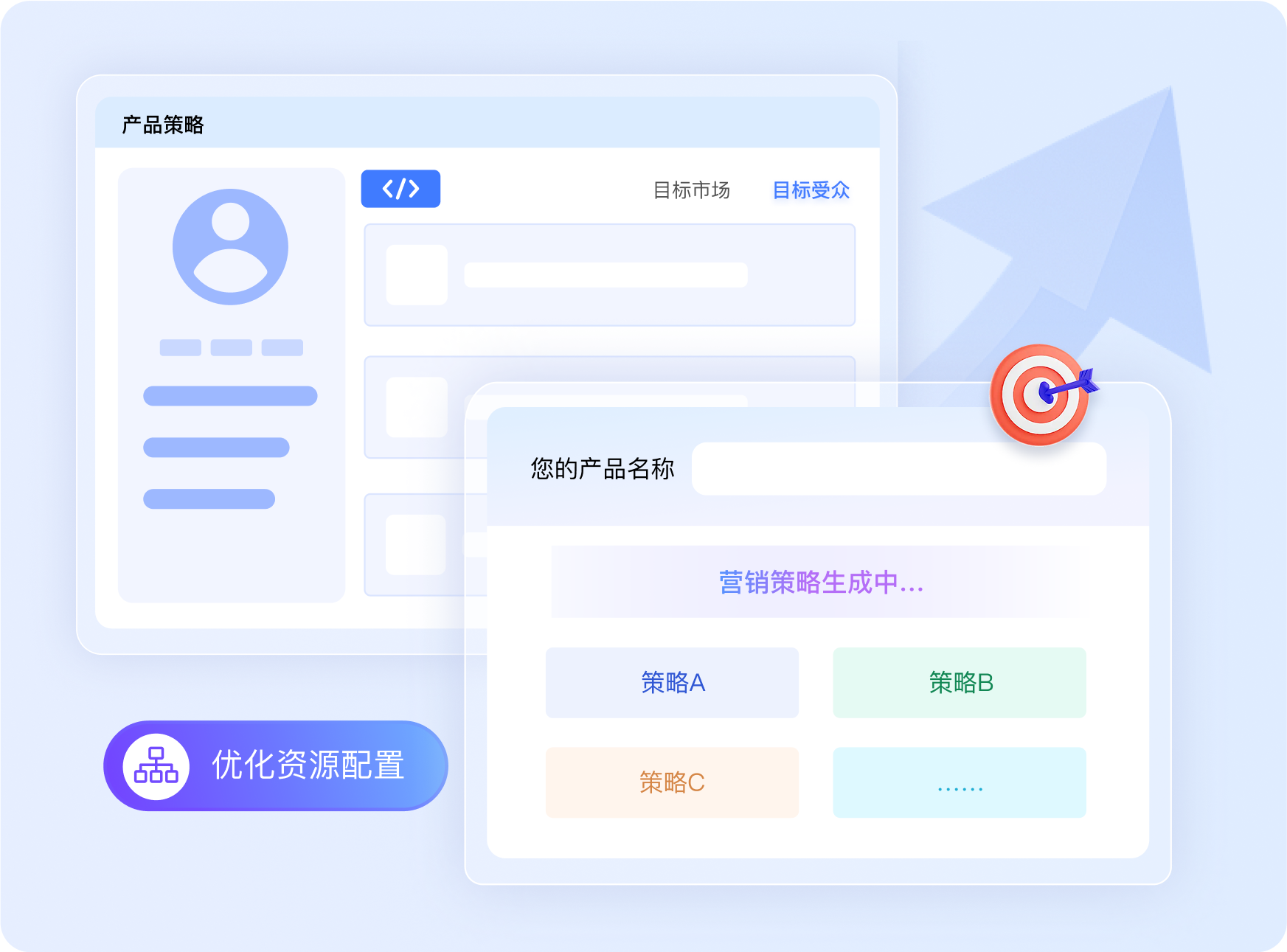 400-076-6558智领未来,外贸超级营销员
400-076-6558智领未来,外贸超级营销员
 400-076-6558智领未来,外贸超级营销员
400-076-6558智领未来,外贸超级营销员

In the realm of global B2B trade, letters of credit (LCs) have long been a cornerstone of secure transactions. However, exporters often face the frustrating issue of LC rejections. In this article, we'll delve into the common risk types in LC transactions, present real - world cases, and offer effective prevention strategies.
Soft clauses are provisions in an LC that give the importer or issuing bank significant control over the payment process. For example, a clause stating that the payment is subject to the importer's inspection certificate can be a major risk. According to a survey, about 20% of rejected LCs are due to soft clause issues. A real - world case involves a Chinese exporter who shipped goods as per the contract. But the importer deliberately delayed issuing the inspection certificate, causing the exporter to face non - payment.
Fraudulent documents are another major concern. For instance, forged bills of lading or false certificates of origin can lead to LC rejections. In some cases, unscrupulous parties may create fake documents to deceive banks and exporters. Statistics show that approximately 15% of LC rejections are related to document fraud. A well - known case is when an exporter submitted a bill of lading with false shipping dates, which was later detected by the issuing bank, resulting in the rejection of the LC.

The creditworthiness of the issuing bank is crucial. Economic instability can cause a bank's credit rating to decline, increasing the risk of non - payment. In the past few years, due to the global economic downturn, about 10% of LC rejections were caused by the poor financial situation of the issuing bank. For example, during the European debt crisis, many exporters faced payment issues when the issuing banks in some European countries were on the verge of bankruptcy.
Exchange rate changes can also impact LC transactions. If the exchange rate moves unfavorably between the time the LC is issued and the payment is made, the importer may be reluctant to pay the full amount, leading to disputes. It is estimated that around 5% of LC - related problems are due to exchange rate fluctuations. An exporter in Asia once suffered losses when the local currency depreciated significantly against the currency of the LC before payment.
Exporters should carefully review every clause in the LC. A thorough examination can help identify soft clauses and potential risks. It is recommended that exporters seek professional advice when dealing with complex LCs.
A confirming bank adds an extra layer of security. It guarantees payment to the exporter regardless of the issuing bank's situation. About 30% of exporters who use confirming banks have reported a lower rate of LC rejections.
Taking out export credit insurance can protect exporters from non - payment risks. Insurance companies can compensate exporters in case of LC rejections. Many countries offer export credit insurance programs to support their local exporters.
Exporters should carefully select their suppliers and ensure the authenticity of the documents provided. Good supplier management can reduce the risk of document fraud.

The Uniform Customs and Practice for Documentary Credits (UCP600) provides a set of international rules for LC transactions. Exporters should be familiar with the key provisions of UCP600, such as the requirements for document presentation and the liability of banks. Understanding UCP600 can help exporters avoid common pitfalls and increase the chances of successful LC transactions.
In conclusion, by being aware of the risks, learning from real - world cases, and implementing effective prevention strategies, exporters can significantly reduce the probability of LC rejections. Are you facing similar problems in your LC transactions? Share your experiences in the comments below. And if you want to enhance your risk management efficiency and make document review more intelligent, check out our外贸AI超级营销员, which can help your business grow.
.png?x-oss-process=image/resize,h_100,m_lfit/format,webp)
.png?x-oss-process=image/resize,h_100,m_lfit/format,webp)

.png?x-oss-process=image/resize,h_100,m_lfit/format,webp)
.png?x-oss-process=image/resize,h_100,m_lfit/format,webp)
.png?x-oss-process=image/resize,h_100,m_lfit/format,webp)
.png?x-oss-process=image/resize,h_100,m_lfit/format,webp)
